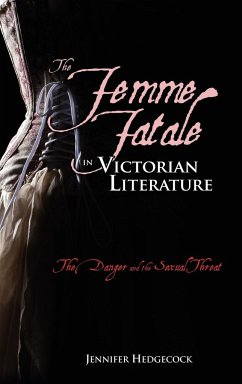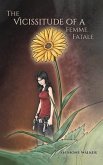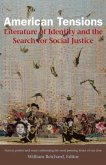The Femme Fatale in Victorian Literature is a Marxist-Feminist reading of the Femme Fatale in nineteenth-century British literature that examines the changing social and economic status of women from the 1860s through the 1880s, and rejects the stereotypical mid-Victorian femme fatale portrayed by conservative ideologues critiquing popular fiction by Wilkie Collins, Mary Elizabeth Braddon, Honoré de Balzac, and William Makepeace Thackeray. In these book reviews, the female protagonist is simply minimized to a dangerous woman. Refuting this one-dimensional characterization, this book argues that the femme fatale comes to represent the real-life struggles of the middle-class Victorian woman who overcomes major adversities such as poverty, abusive husbands, abandonment, single parenthood, limited job opportunities, the criminal underworld, and Victorian society's harsh invective against her. To overcome these hardships, she reverses her socioeconomic status, an act which demonstrates her self-reliance compared to other Victorian feminine literary figures. The femme fatale, in fact, becomes a precursor to the campaigns against the Contagious Diseases Acts, to the emergence of the New Woman, movements that illustrate more empowering subject positions of women during the later part of the nineteenth century, and subverts patriarchal constructions of domesticity and "fallenness" used to undermine women. More specifically, the femme fatale in the mid-century novel is a protest against representations of women as fallen and domestic. The Femme Fatale in Victorian Literature will be an important book for scholars in literature and Women's Studies.
Hinweis: Dieser Artikel kann nur an eine deutsche Lieferadresse ausgeliefert werden.
Hinweis: Dieser Artikel kann nur an eine deutsche Lieferadresse ausgeliefert werden.








